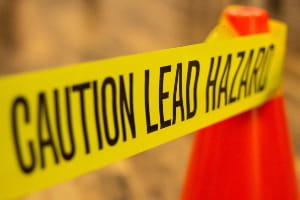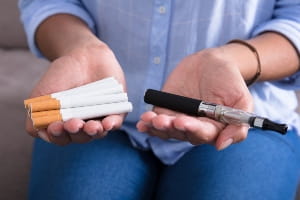Water pipe or narghile smoking is an old practice that has experienced a resurgence in popularity, particularly in areas where cultures mix, such as in Israel with its large Jewish and Arabian cultures.
Europe has seen increasing narghile smoking, particularly in student populations. In the United States, little, if any, data is collected to assess the prevalence of water pipe smoking (WPS), but trends similar to Europe’s may be occurring. WPS may have a degree of perceived acceptability different from cigarette use due to mistaken beliefs that it is safer and non-addicting. More than 100,000,000 individuals are narghile smokers, concentrated in the Arabian Peninsula, Turkey, India, Pakistan, Bangladesh and China. Narghile smoking often occurs in groups, with several individuals sharing one pipe and passing the mouthpiece from person to person.
The water pipe is a device that allows the smoke from a combusting material (tobacco) to be pulled through water or another liquid, such as alcohol, and inhaled. The tobacco may be pure or mixed with varying amounts of honey or sugar, added oils, fruits or other flavors. The tobacco is burned by placing it next to ignited charcoal. Several additional concerns exist with this form of smoking in comparison to cigarette smoking. Using charcoal to burn the tobacco adds to the particulate load that is inhaled, may result in high carbon monoxide exposure, may have more nicotine content and may contain heavy metals such as chromium, arsenic or lead. The manufacture of tobacco used in WPS may be less regulated than that of cigarettes. Malignancies are well-described among WPS users, including tumors of the lungs, esophagus, throat and mouth. Pre-malignant states seen in cigarette smokers or user of smokeless tobacco are also seen in narghile water pipe smokers. Low birth weight, oxidative stress and dependence are described with WPS as well.
WPS is different from cigarette smoking in additional major aspects. A piece of the same pipe is passed from person to person, conferring an infectious risk. H. pylori has been noted in increased levels in narghile smokers. Marijuana smoking in a water pipe has transmitted tuberculosis. Pulmonary aspergillosis has been described as an adolescent narghile smoker who was undergoing cancer chemotherapy. WPS use may confer extra risk of transmission of hepatitis C, Epstein-Barr virus, herpes simples, other respiratory viruses and possibly HIV.
Narghile or water pipe smoking is not a benign practice and should not be viewed as safer than cigarette smoking. Many of the same risks exist along with additional risks unique to WPS. This may be an increasing important risky behavior in the United States, especially among adolescents. The social aspects of narghile smoking may provide an additional inducement to engage in the practice.
Ref: Knishkowy B, Amitai Y. Water-Pipe (Narghile) Smoking: An Emerging Health Risk Behavior. Pediatrics 116(1): e113--e119.





.jpg)
.jpg)
.jpg)


.png)
